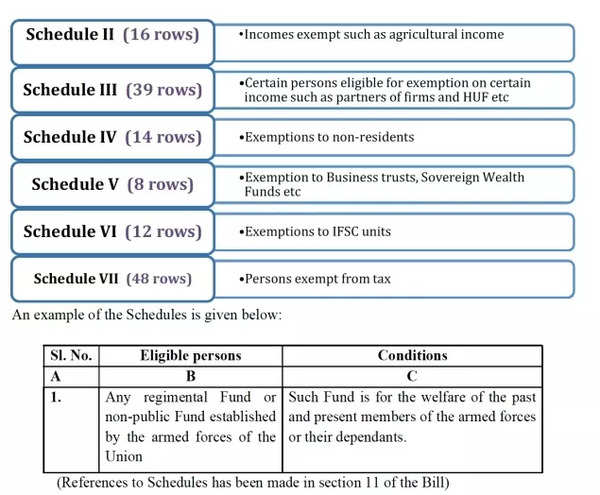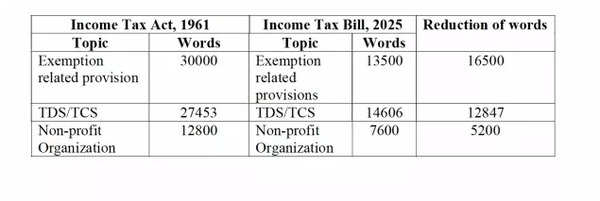The Trump administration has ordered employees who telework at the Internal Revenue Service to return to office this month, signaling it intends to ignore protections in the agency’s union contract.
The Treasury Department, which includes the IRS, issued a memo Friday saying it would “cancel” all regular telework agreements on March 8 for people who live within 50 miles of an office. They would be expected to report to work on March 10.
Many Treasury workers have remote-work protections in their collective-bargaining agreement. But the Treasury directive will require “100%” in-person work, “including members of a bargaining unit.”
In a subsequent phase of the plan, workers who live more than 50 miles from an office would be assigned to one, suggesting they would be required to commute long distances or move to keep their jobs.
There would only be “limited exceptions” to the plan, such as for military spouses, according to the memo.
“The White House has been using a complete return-to-office mandate as one of its cudgels to make people quit.”
The National Treasury Employees Union, which represents thousands of IRS workers and other Treasury employees, sent an email to members Friday calling the mandate a clear violation of its agreement. It described the policy as “outrageous.”
“We will file a national grievance and unfair labor practice charge that will cover each one of you, and we will vigorously fight to have this policy rescinded and restore the hard-earned contractual rights of our members,” the union said.
A Treasury employee, asking to speak on condition of anonymity for fear of retaliation, told HuffPost that workers across the agency were “furious.”
The return-to-office mandate is part of the White House’s sweeping attack on the federal workforce.
The administration has fired probationary employees en masse, effectively shut down agencies unilaterally and tried to push out tens of thousands of civil servants through a deferred resignation offer called “Fork in the Road.” All those actions are being challenged in court as illegal.
President Donald Trump talks with reporters before boarding Marine One on the South Lawn of the White House in Washington, Friday, Feb. 28, 2025. (AP Photo/Ben Curtis)
The White House has been using a complete return-to-office mandate as one of its cudgels to make people quit. It has said that anyone who resigns under the “Fork” program would be exempt from the return and paid through September.
Federal unions have warned that many agencies literally don’t have the space for a full return-to-the-office. Noting that remote-work arrangements in the federal government long predated the pandemic.
Workers at several agencies were able to secure or extend telework arrangements under the administration of President Joe Biden, setting up a fight with the new White House. Trump has said he hates the union contracts with such protections and intends to throw them out.
In an earlier memo, the administration claimed union telework agreements that conflict with its own plans are “unlawful and cannot be enforced.”
The NTEU recommended employees follow the IRS’ order, “even though it violates the CBA.”
“If you do not comply with such directives, you may be subject to potential disciplinary action from the agency,” the union said.
Go Ad-Free — And Protect The Free Press
The next four years will change America forever. But HuffPost won’t back down when it comes to providing free and impartial journalism.
For the first time, we’re offering an ad-free experience to qualifying contributors who support our fearless newsroom. We hope you’ll join us.
You’ve supported HuffPost before, and we’ll be honest — we could use your help again. We won’t back down from our mission of providing free, fair news during this critical moment. But we can’t do it without you.
For the first time, we’re offering an ad-free experience to qualifying contributors who support our fearless journalism. We hope you’ll join us.
You’ve supported HuffPost before, and we’ll be honest — we could use your help again. We won’t back down from our mission of providing free, fair news during this critical moment. But we can’t do it without you.
For the first time, we’re offering an ad-free experience to qualifying contributors who support our fearless journalism. We hope you’ll join us.
Support HuffPost
Already contributed? Log in to hide these messages.
Are you a federal employee with something to share? You can email our reporter here, or contact him over Signal at davejamieson.99.



